Electric bike speeds in the U.S. are capped by law depending on the e-bike class: Class 1 and 2 allow motor assistance up to 20 mph, while Class 3 e-bikes have a higher limit of 28 mph. Real speeds depend on motor power, battery voltage, rider weight, terrain, and whether the bike uses pedal-assist or throttle, helping riders balance performance and legal requirements.
What Are the Legal Speed Limits for Electric Bikes in the U.S.?
Electric bikes are classified into three U.S. legal classes that define motor-assisted speed limits. Class 1 and Class 2 e-bikes provide assistance only up to 20 mph, with Class 2 allowing throttle support. Class 3 e-bikes offer pedal-assist up to 28 mph. Local laws may vary, so riders should confirm region-specific restrictions for safe and compliant riding.
Electric bike laws ensure safe integration with traffic by limiting motor assistance speeds. Class 1 and 2 e-bikes restrict motor help to 20 mph, distinguishing only by throttle availability. Class 3 e-bikes, known as speed pedelecs, extend that limit to 28 mph but prohibit throttles. Compliance with these classifications helps riders avoid legal issues and enhances road safety.
How Does Motor Power Influence E-Bike Speed?
Motor wattage directly affects acceleration and maximum speed. Lower-power motors around 250W typically provide speeds near 20 mph suitable for casual riding. Mid-range motors of approximately 500W offer improved speed and hill-climbing, while high-power motors of 750W+ allow speeds up to 28 mph, ideal for varied terrain and heavier loads.
Higher wattage motors deliver stronger torque and sustained power, translating to faster acceleration and better performance on hills or with cargo. Models like those from TST EBike use high-power motors paired with efficient battery systems to balance legality with rider demand for speed and power.
| Motor Wattage | Typical Speed (mph) | Ideal Use |
|---|---|---|
| 250W | 15-20 | Urban, flat terrain |
| 500W | 20-25 | Moderate hills, commuters |
| 750W+ | 25-28+ | Fast rides, off-road, cargo |
What Role Does Battery Voltage Play in Speed Performance?
Battery voltage influences how much power the motor receives. Higher voltage batteries (commonly 48V) supply greater current, enabling better acceleration and maintaining top speeds more effectively. Lower voltage batteries (36V) are sufficient for flat surfaces and shorter rides but typically limit peak speed and hill-climbing capability.
Matching battery voltage to motor power is key to consistent speed and performance. TST EBike designs optimize this balance, offering battery systems that support high-speed riding while ensuring long-lasting performance under various conditions.
| Battery Voltage | Impact on Speed and Performance | Typical Use |
|---|---|---|
| 36V | Moderate speed, limited hill power | Urban rides, short commutes |
| 48V | Higher sustained speed and power | Off-road, long-distance rides |
How Do Pedal-Assist and Throttle Systems Affect Speed?
Pedal-assist systems supply motor assistance proportional to pedaling, preserving battery and inspiring more active riding. Throttles enable motor power without pedaling, offering quick acceleration but greater battery use. Class 1 and 3 e-bikes mostly use pedal-assist capped at set speeds, while Class 2 includes throttles but limits assistance to 20 mph.
Pedal-assist offers a balanced ride enhancing exercise and efficiency, whereas throttles prioritize ease and rapid response. Depending on riding style and battery preferences, riders should select the system that aligns with their needs and complies with legal class limits.
How Do Rider Weight and Terrain Influence E-Bike Speed?
Rider weight and terrain critically shape real-world e-bike speed. Heavier riders add load, reducing acceleration and top speed. Uphill climbs or rough surfaces require more motor effort, often slowing speeds. Conversely, downhill or flat smooth surfaces enable maintaining legal top speeds, with environmental elements like wind resistance also playing a role.
These dynamic factors mean actual speeds often fall below the bike’s maximum assisted speeds. TST EBike’s robust motors and batteries are engineered to adapt to these challenges, ensuring reliable performance across terrain and rider variables.
How Does TST EBike Address Speed and Performance?
TST EBike integrates high-power motors with matched battery systems to meet legal speed limits while delivering powerful acceleration and climbing ability. Their 26-inch models excel in rough terrain like snow or sand, while 27-inch versions suit daily commuting and mountain biking. TST EBike’s consumer-driven design focuses on quality, affordability, and adaptability across environments.
Established to innovate transportation, TST EBike balances performance, cost, and compliance, offering accessible electric bikes worldwide. Their attention to effective motor-battery tuning ensures riders enjoy fast, efficient rides within legal and safety frameworks.
Buying Tips
When choosing an electric bike for desired speeds, consider:
- Confirm local e-bike class laws to ensure legal riding.
- Choose motor wattage of 500W-750W and battery voltage of 48V for reliable power and speed.
- Decide between pedal-assist or throttle based on style and battery consumption.
- Test ride with your typical load and terrain to gauge real-world performance.
- Opt for trusted brands like TST EBike that emphasize quality and regulation compliance.
These steps help secure a fast, efficient, and safe electric bike tailored to your needs.
TST EBike Expert Views
“TST EBike focuses on combining powerful motors and efficient battery systems to provide electric bikes that comply with speed regulations yet deliver impressive acceleration and endurance,” notes a TST specialist. “Our models cater to diverse terrains and rider demands, making them a top choice for those seeking legal, high-performance e-bikes.”
Frequently Asked Questions
What are the U.S. legal speed limits for e-bikes?
Classes 1 and 2 are limited to 20 mph motor assistance; Class 3 offers pedal-assist up to 28 mph. Local regulations may add restrictions.
How does motor wattage affect speed?
Higher wattage (750W+) motors enable faster acceleration and top speeds, beneficial for hills and cargo.
Does battery voltage influence speed?
Yes, 48V batteries provide stronger power, supporting higher speeds and better hill climbing compared to 36V.
Which speeds conserve battery better, pedal-assist or throttle?
Pedal-assist conserves battery by only engaging motor during pedaling; throttles use more battery but enable riding without pedaling.
Can rider weight and terrain affect e-bike speed?
Yes, heavier riders and uphill or rough terrains decrease average speed and motor efficiency.
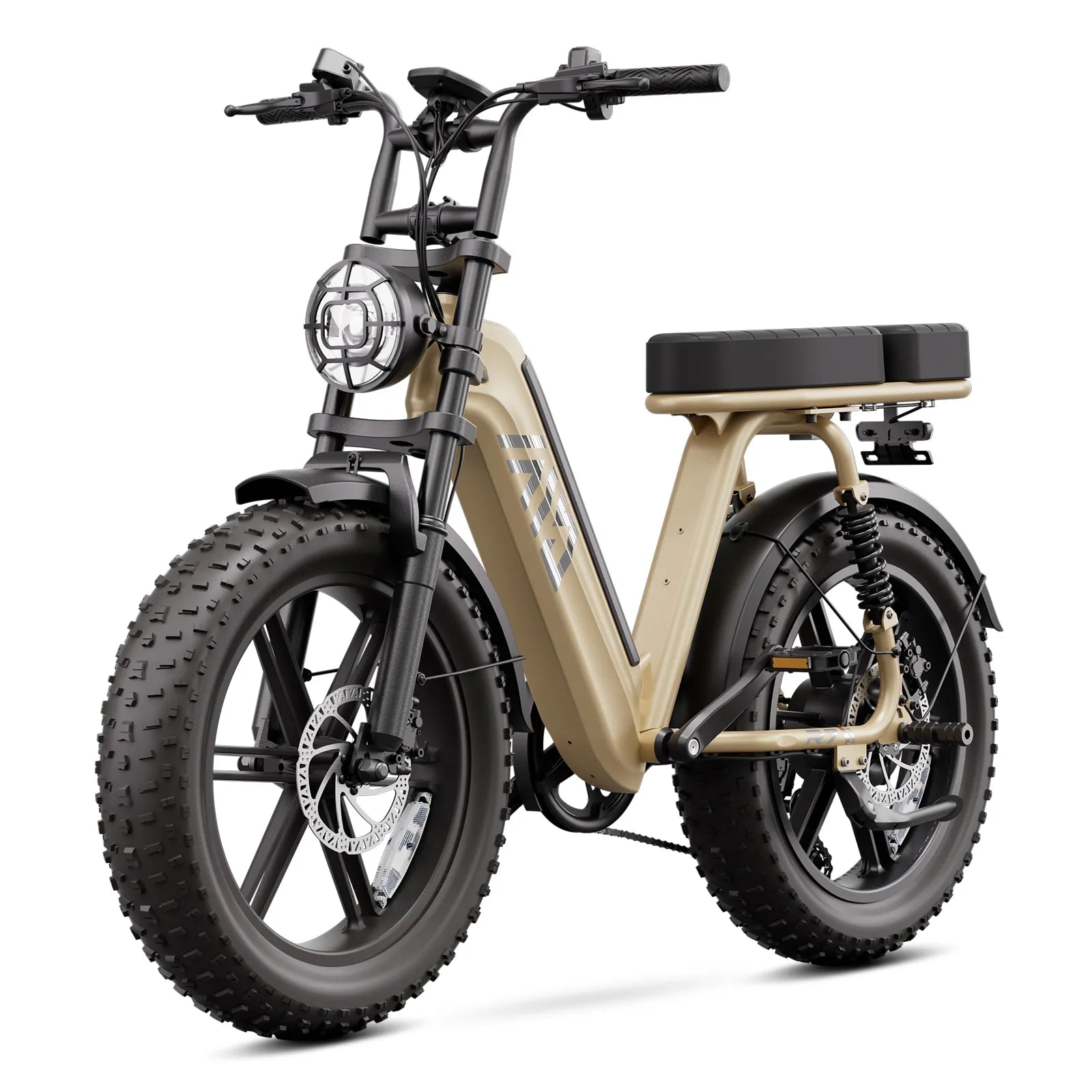
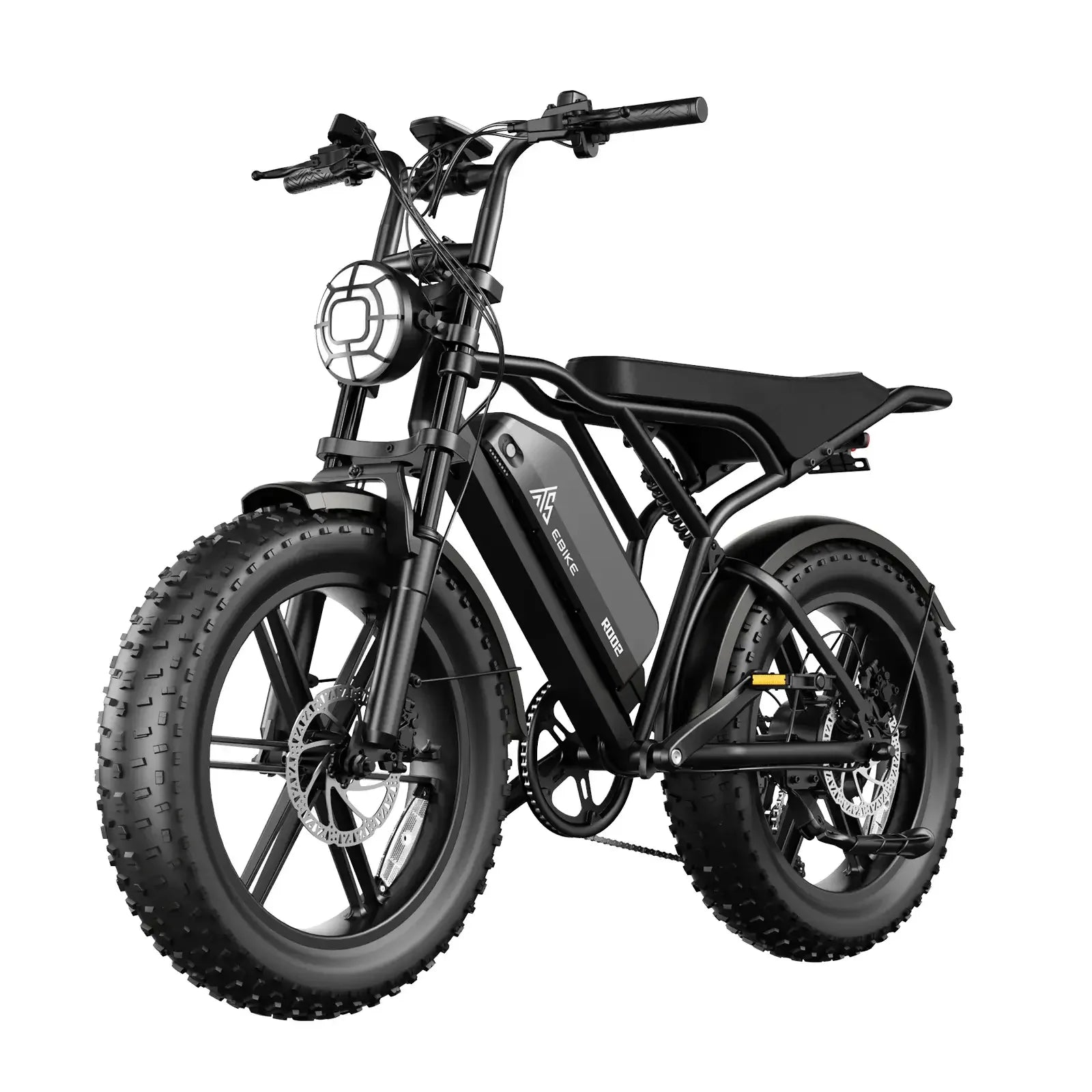

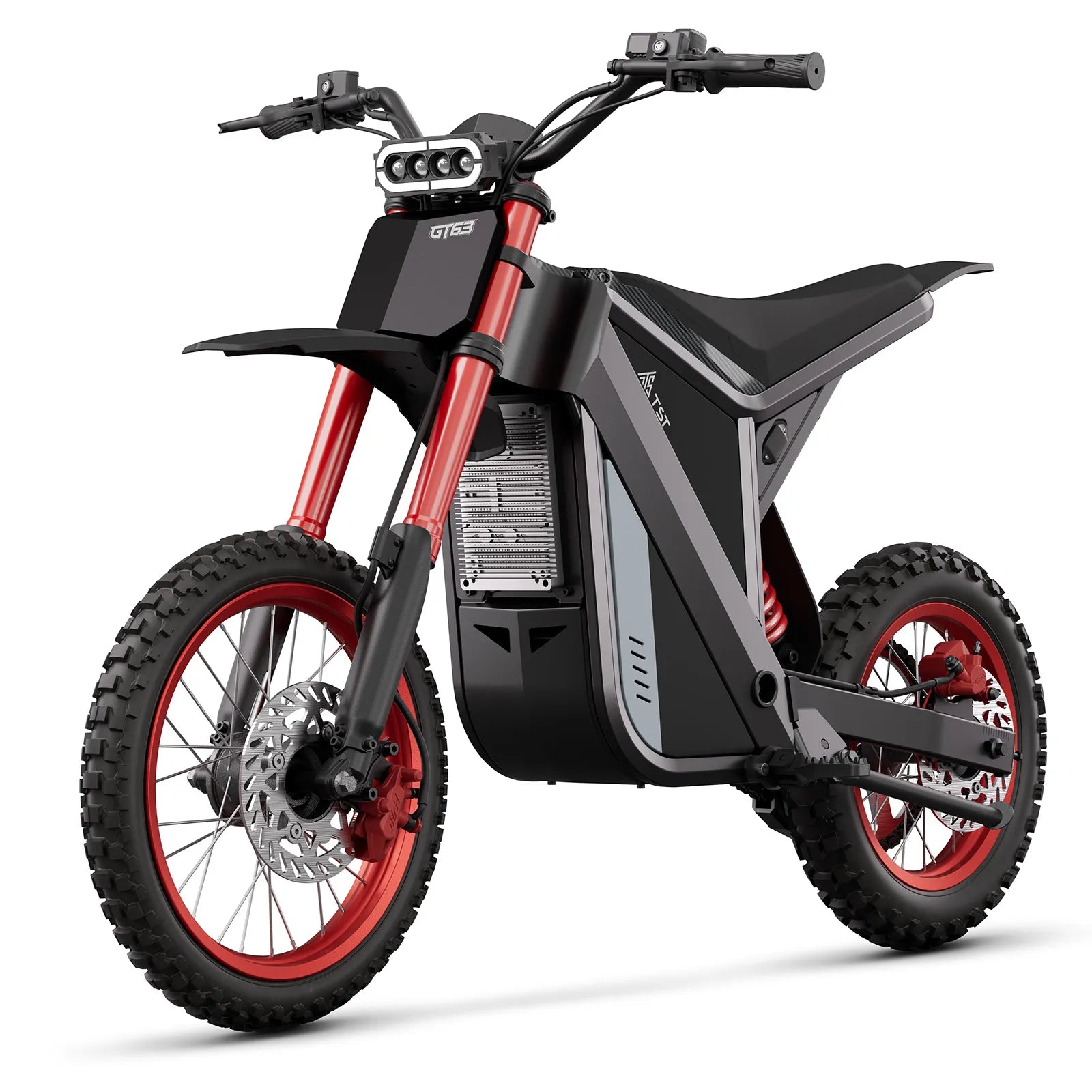
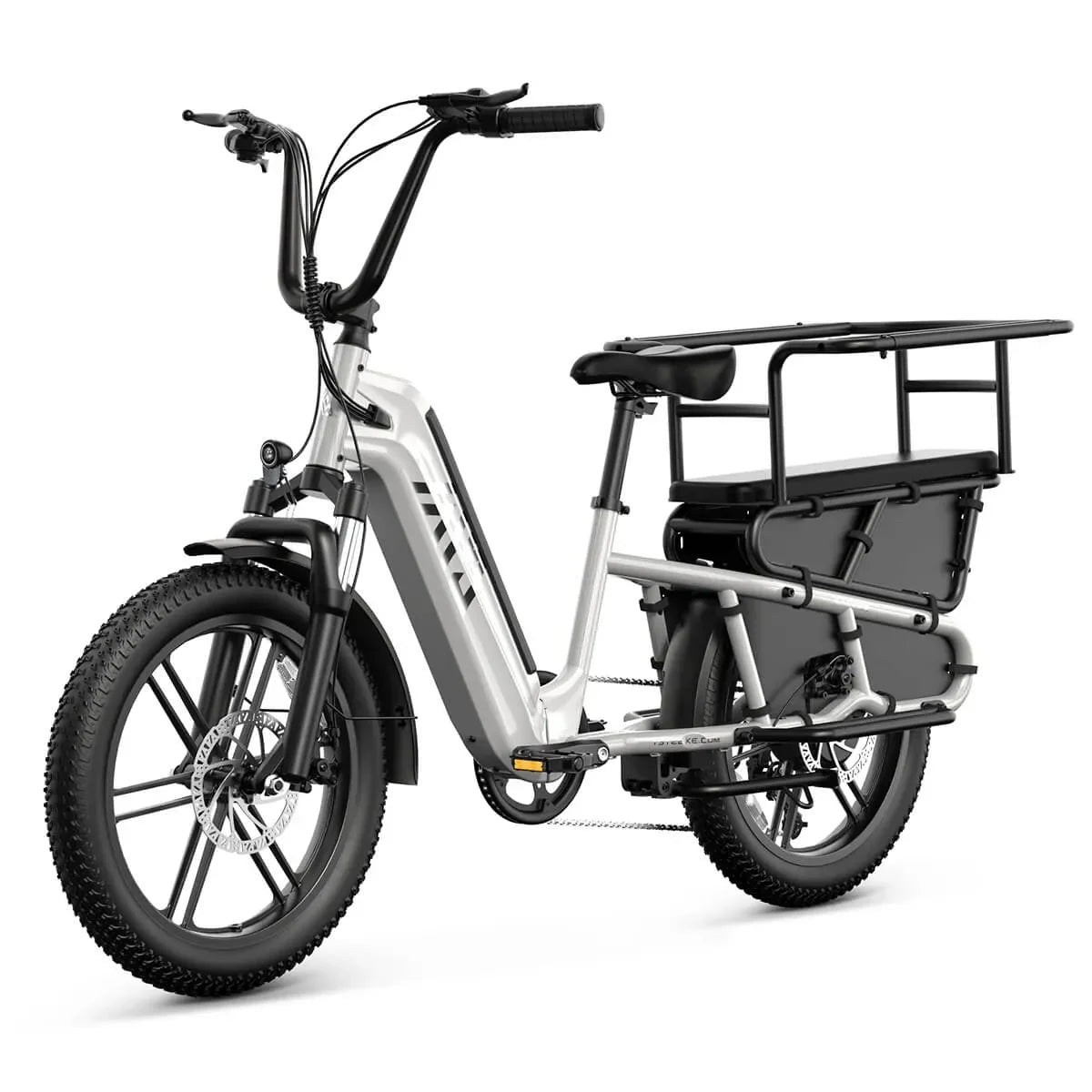
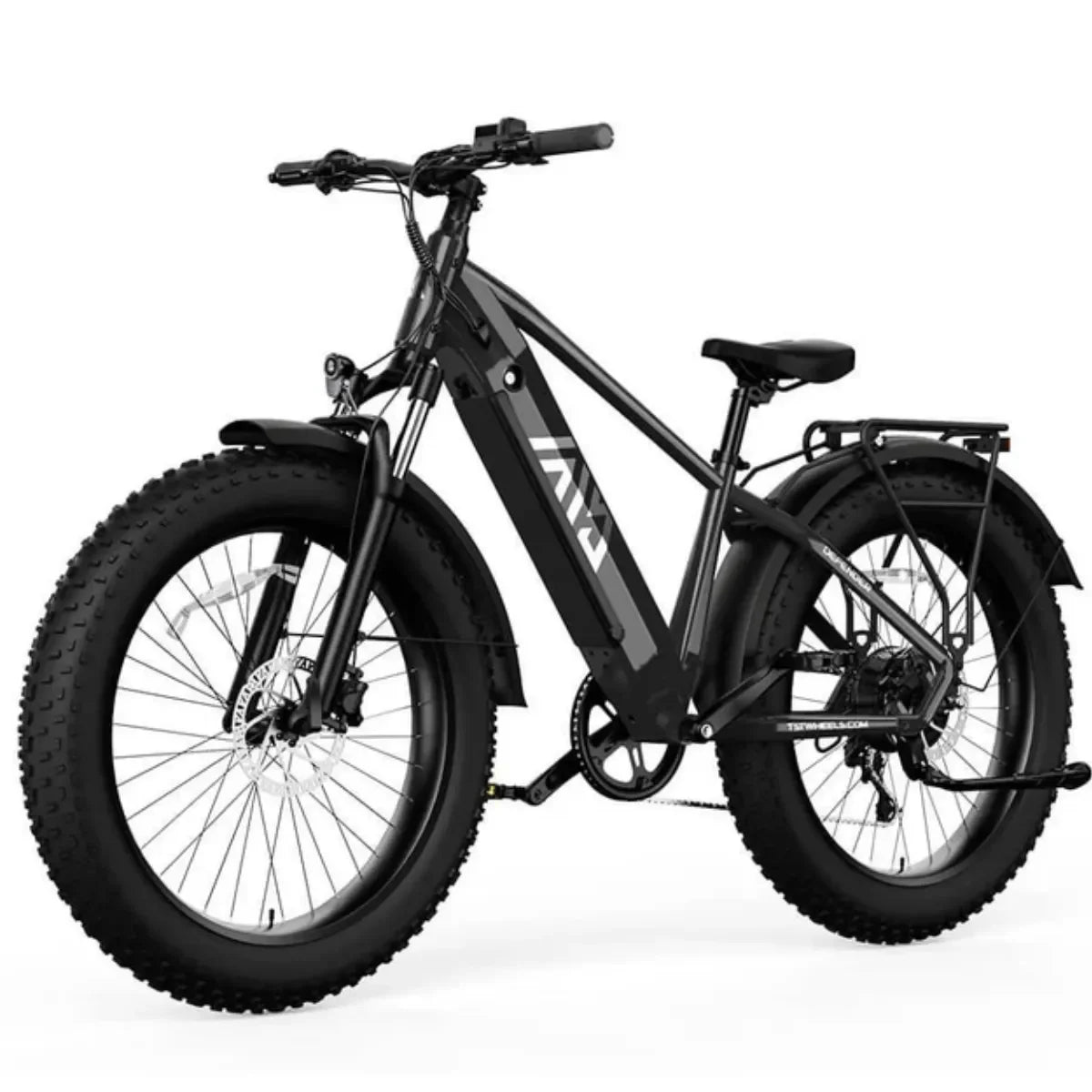
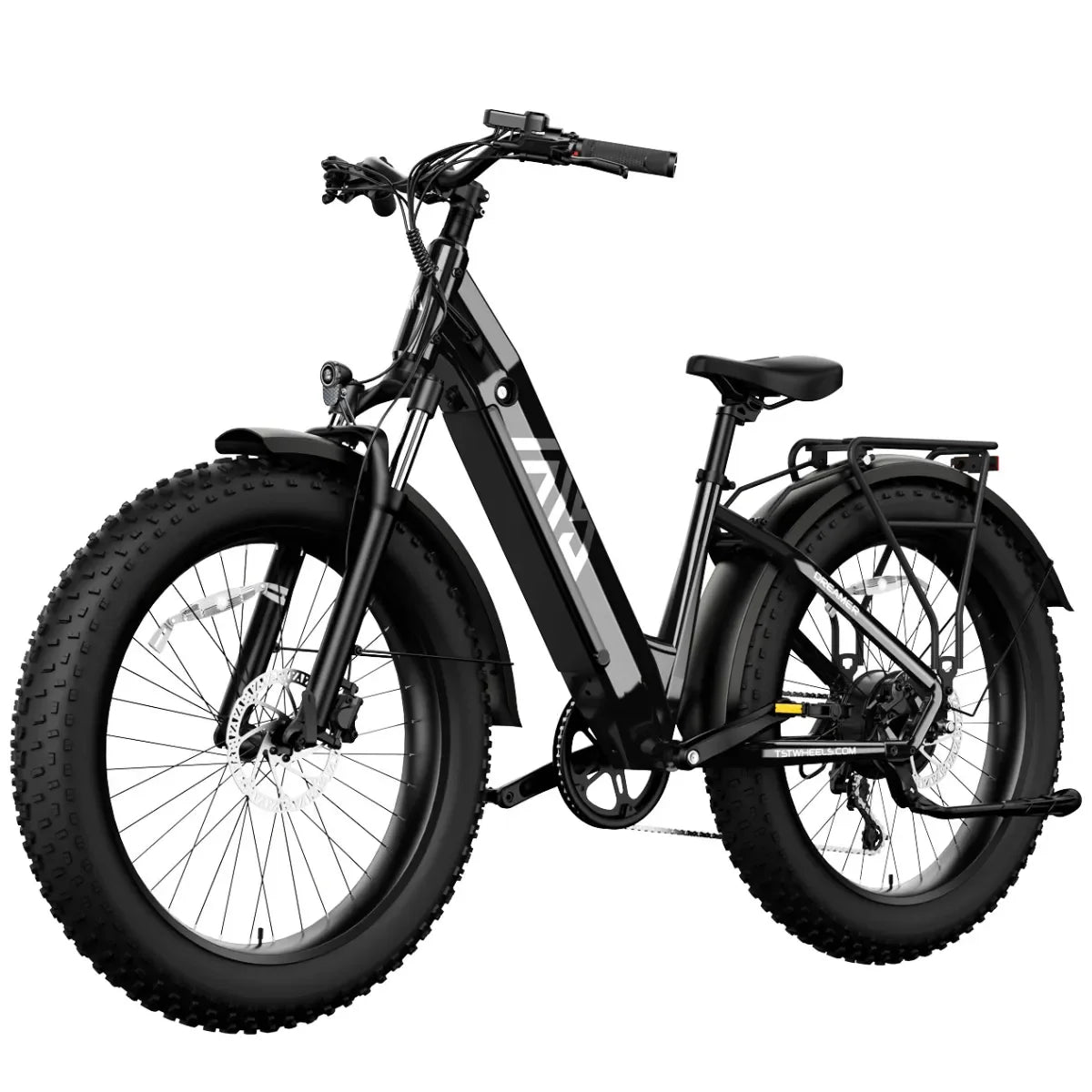
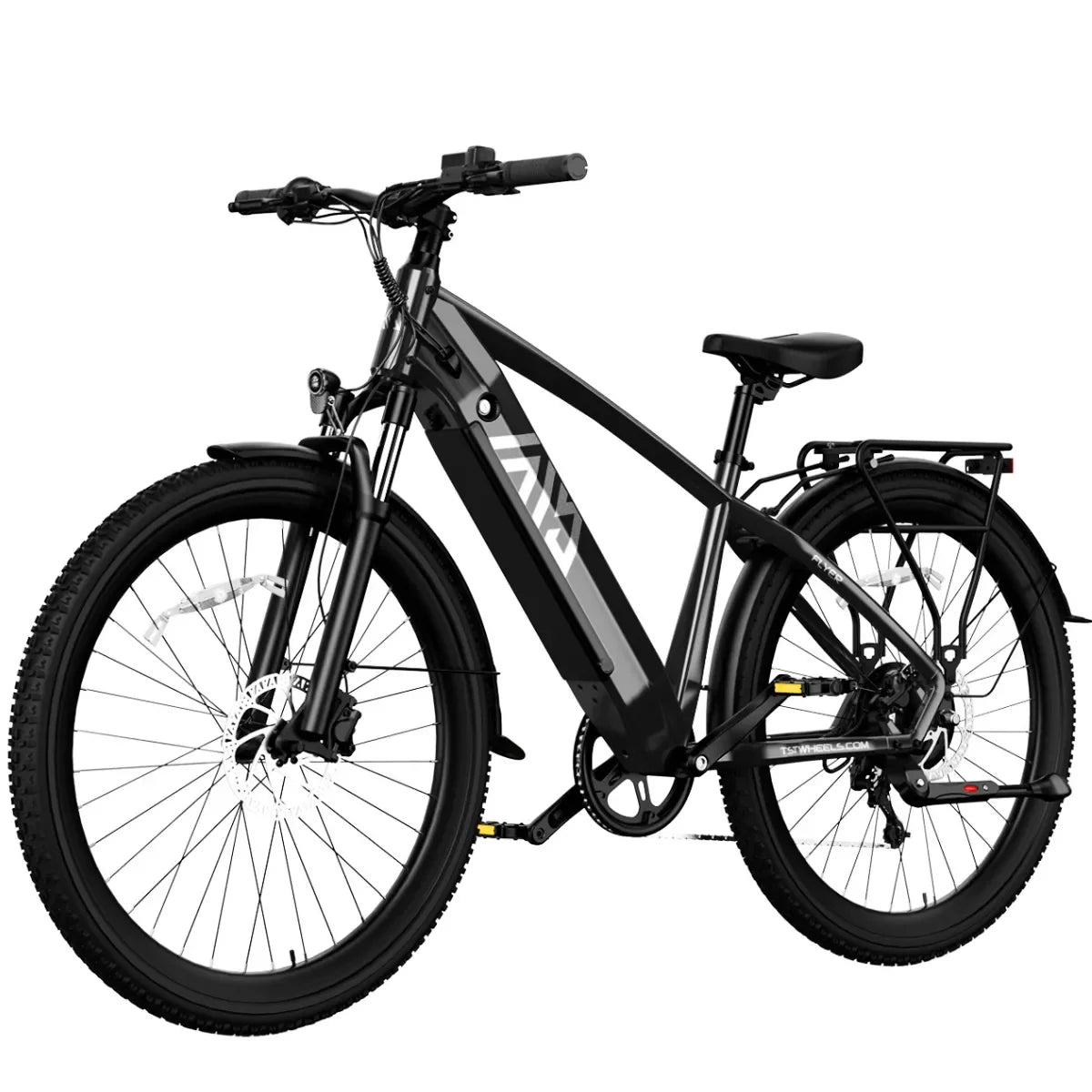
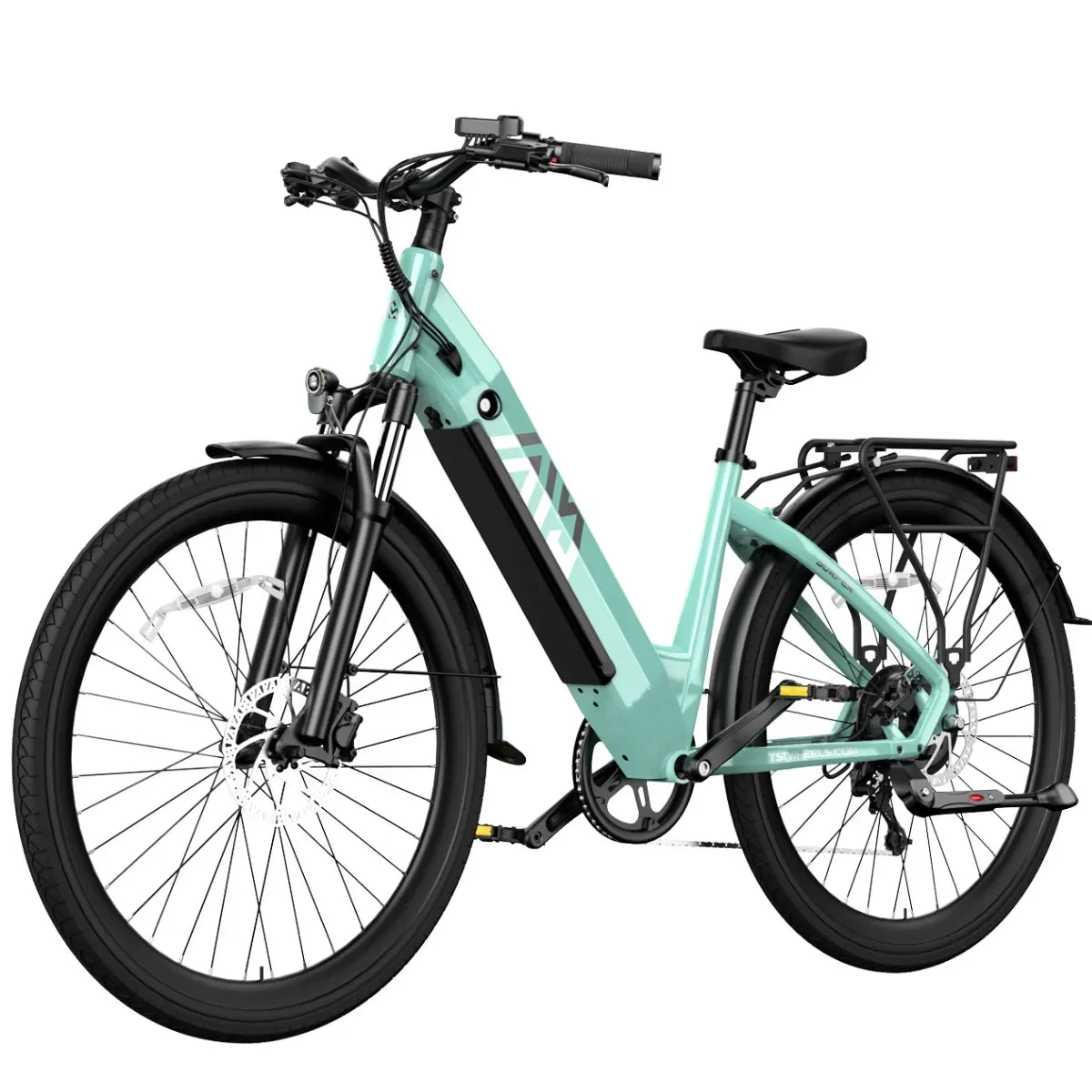
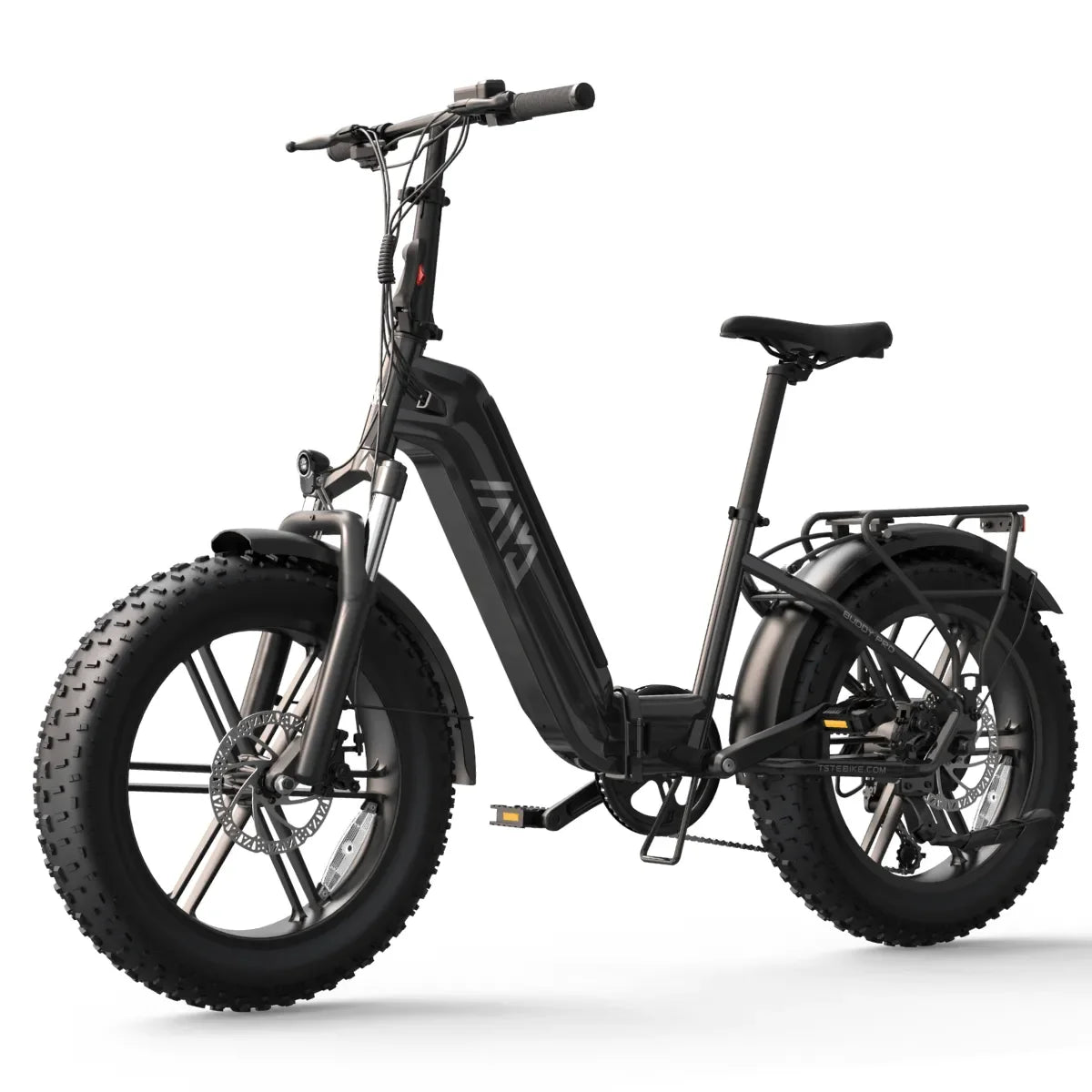
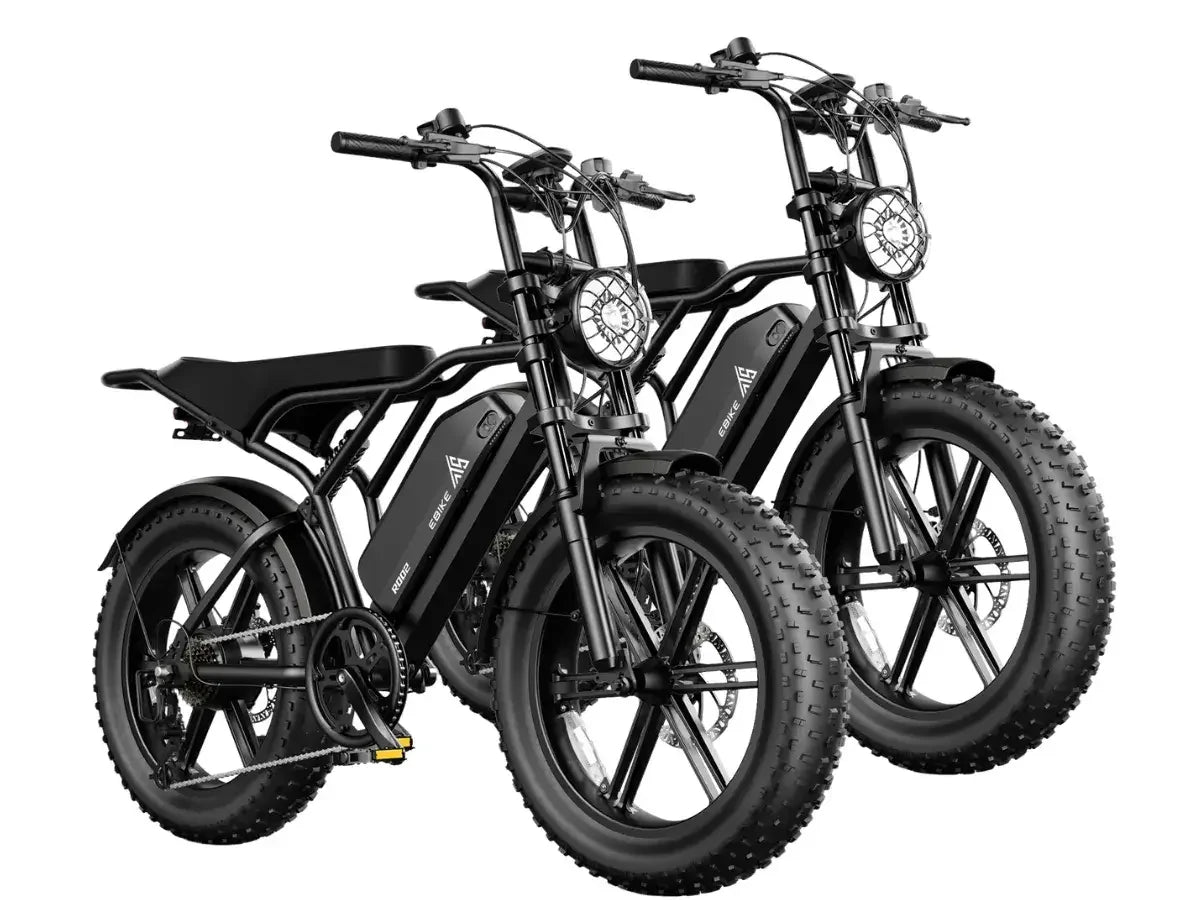
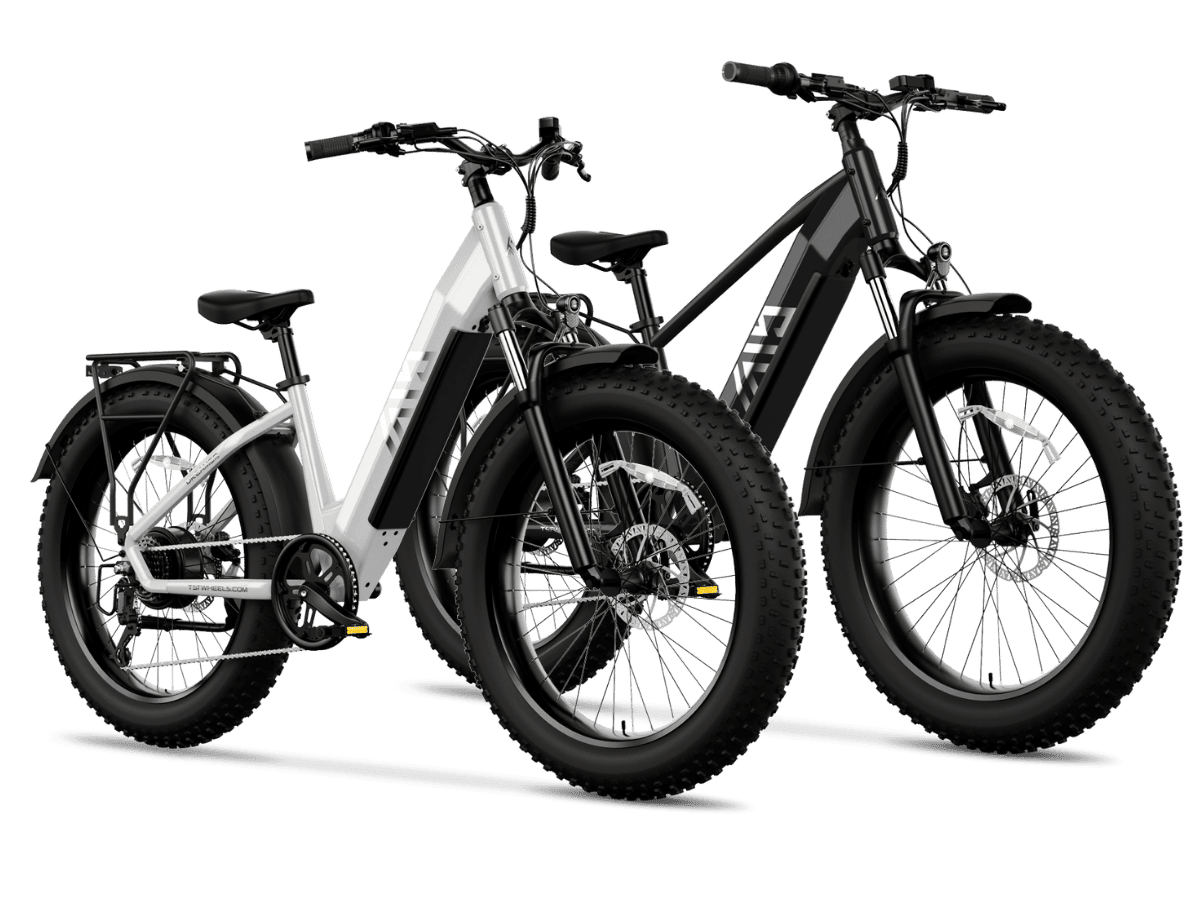
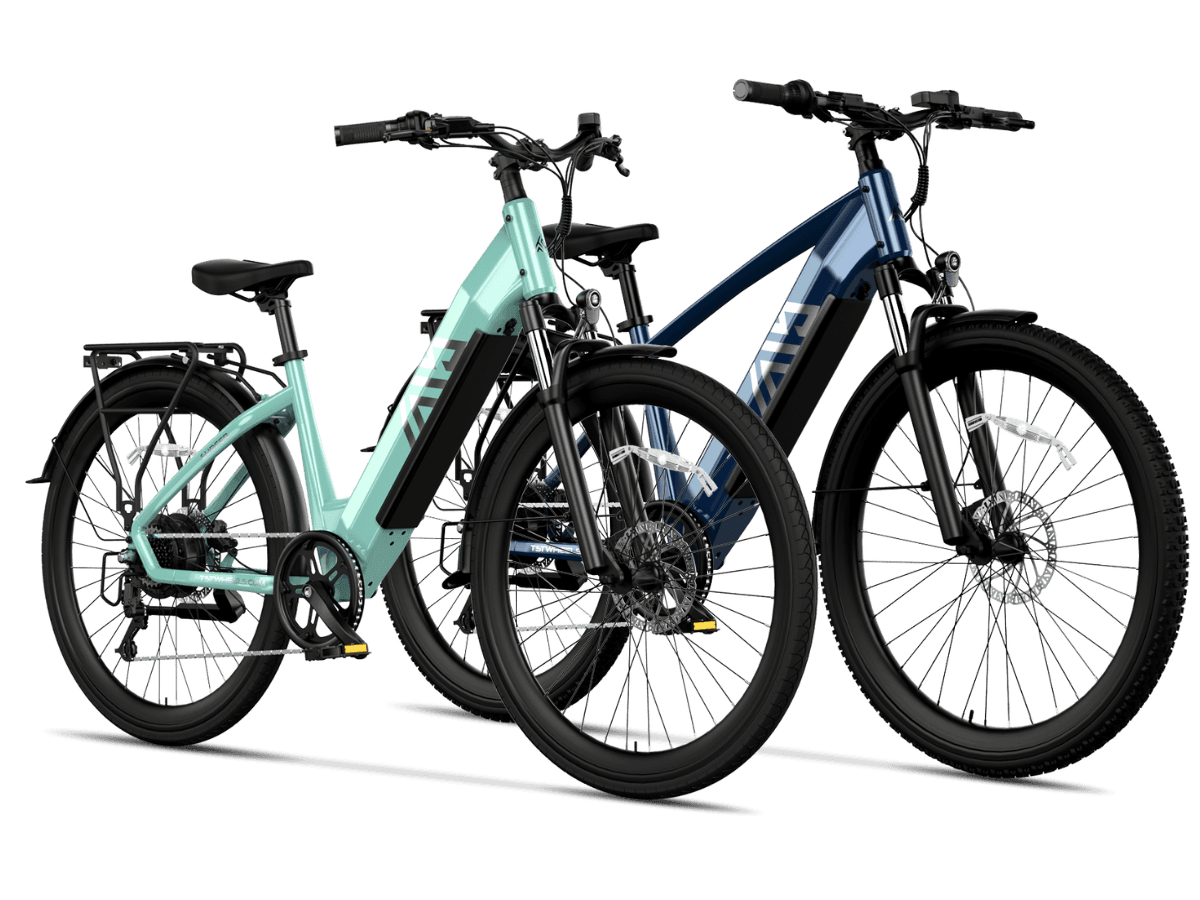
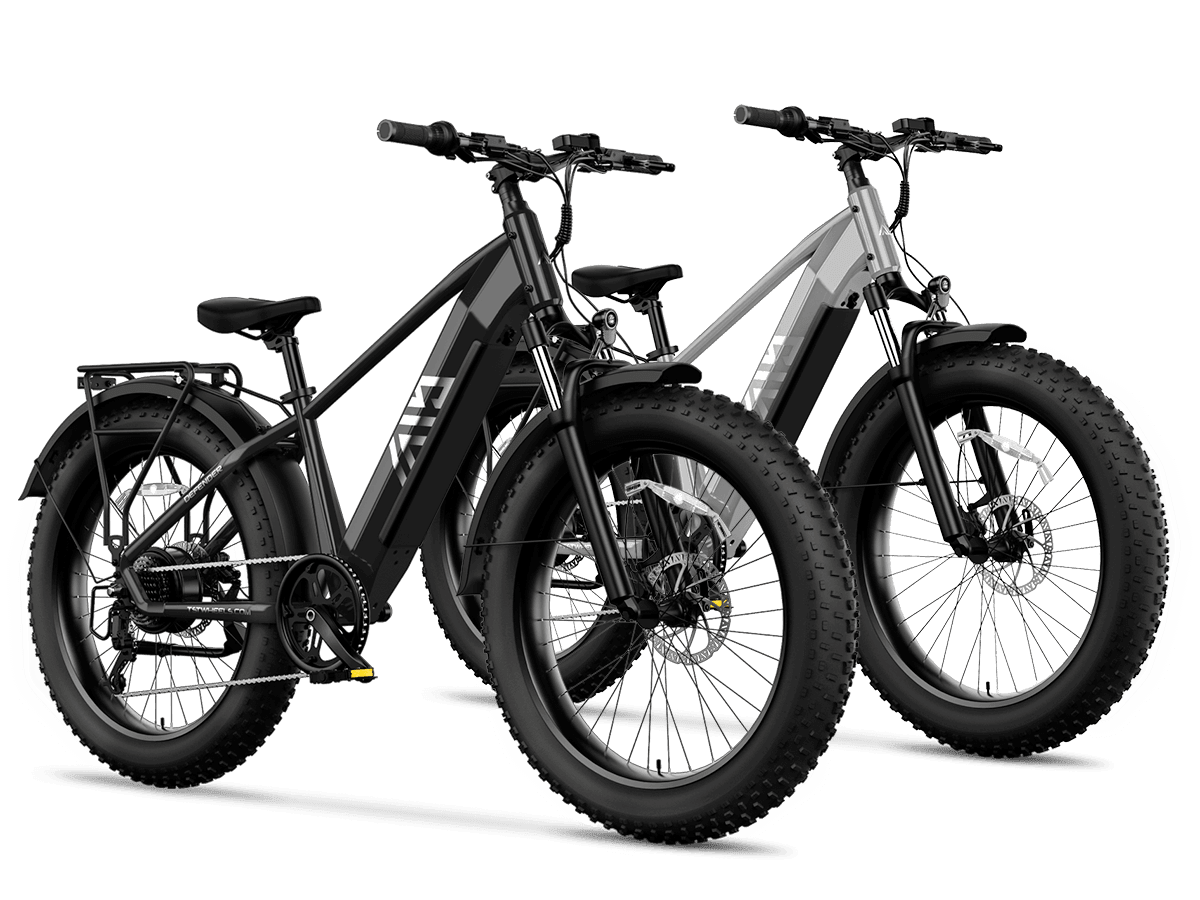
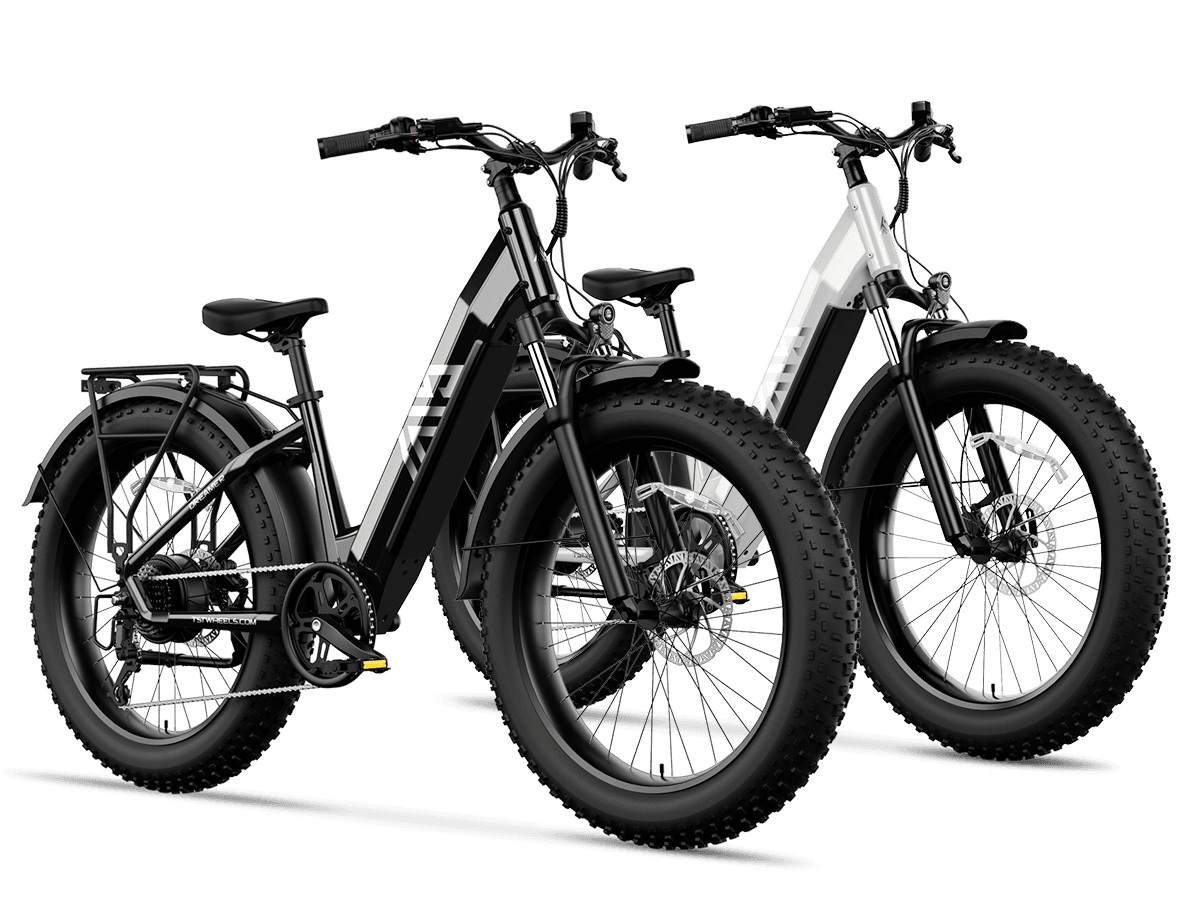
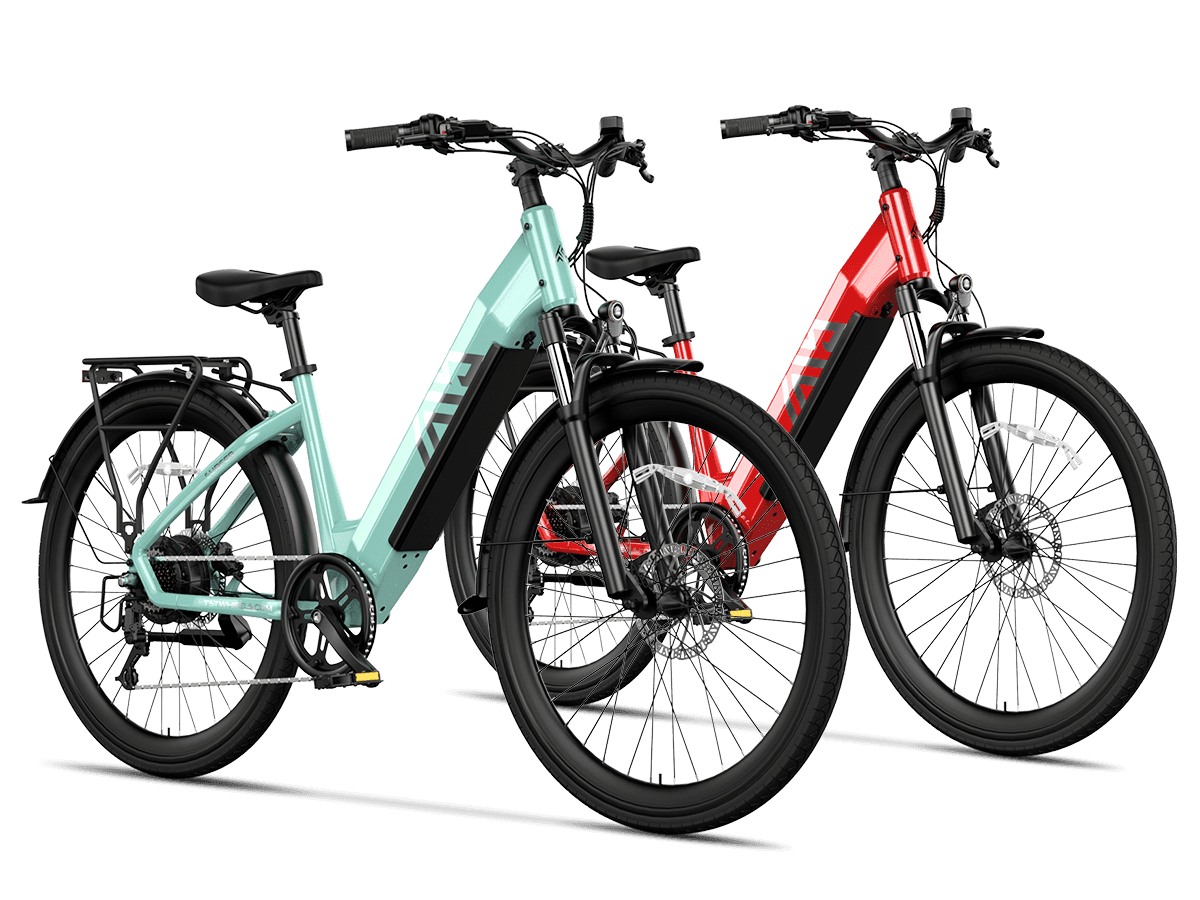
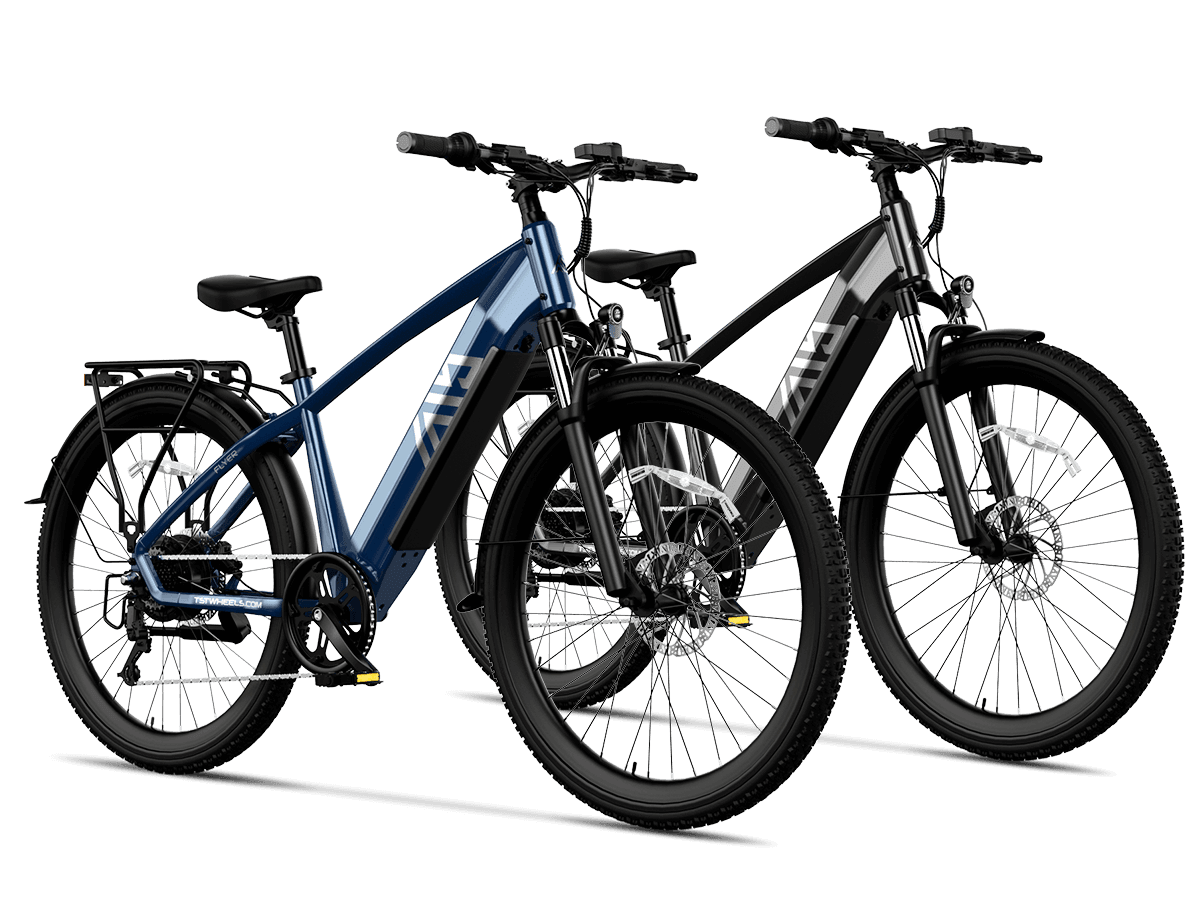
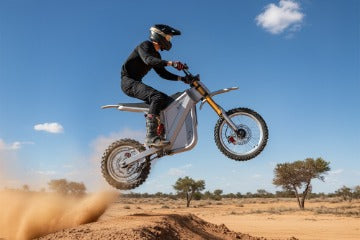
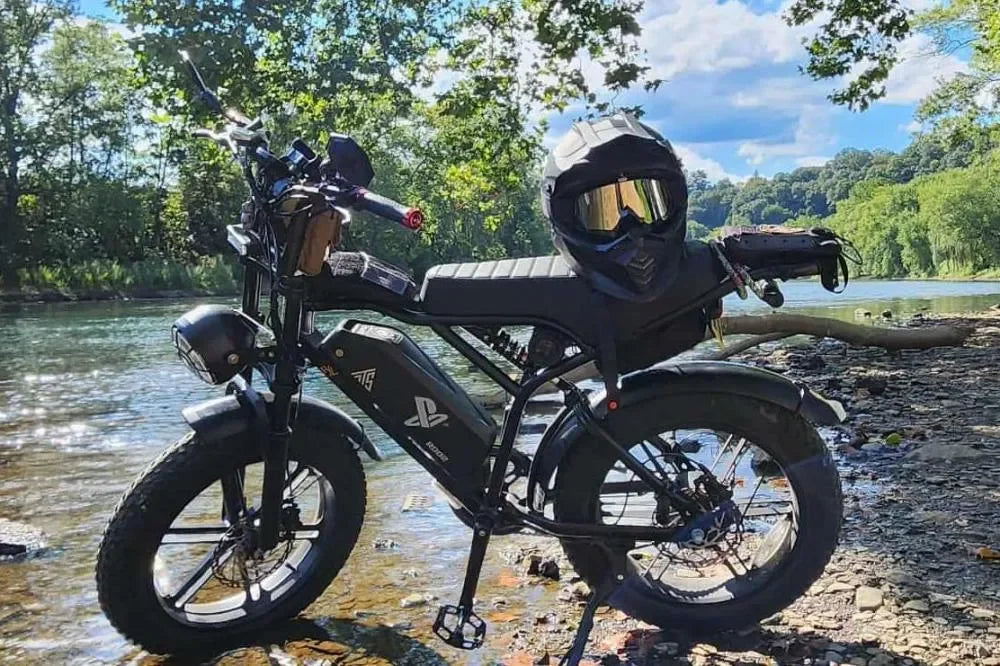
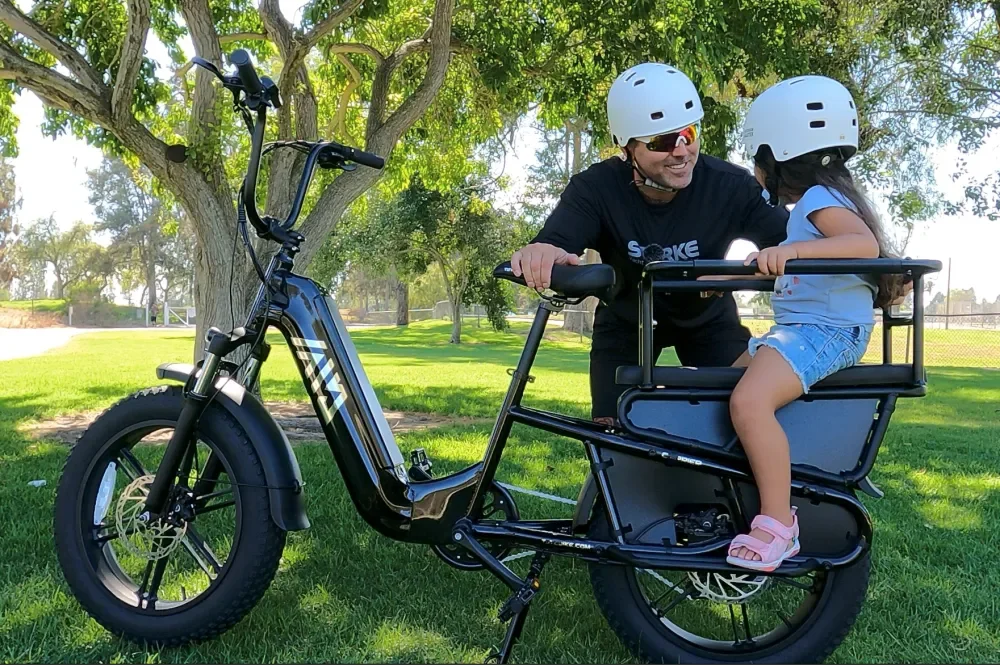
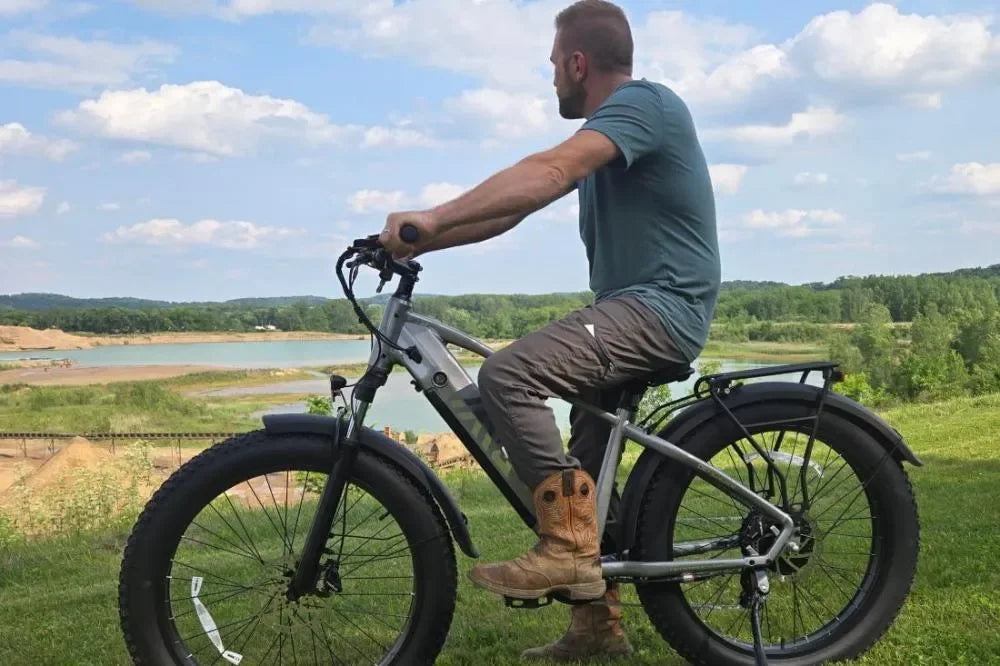
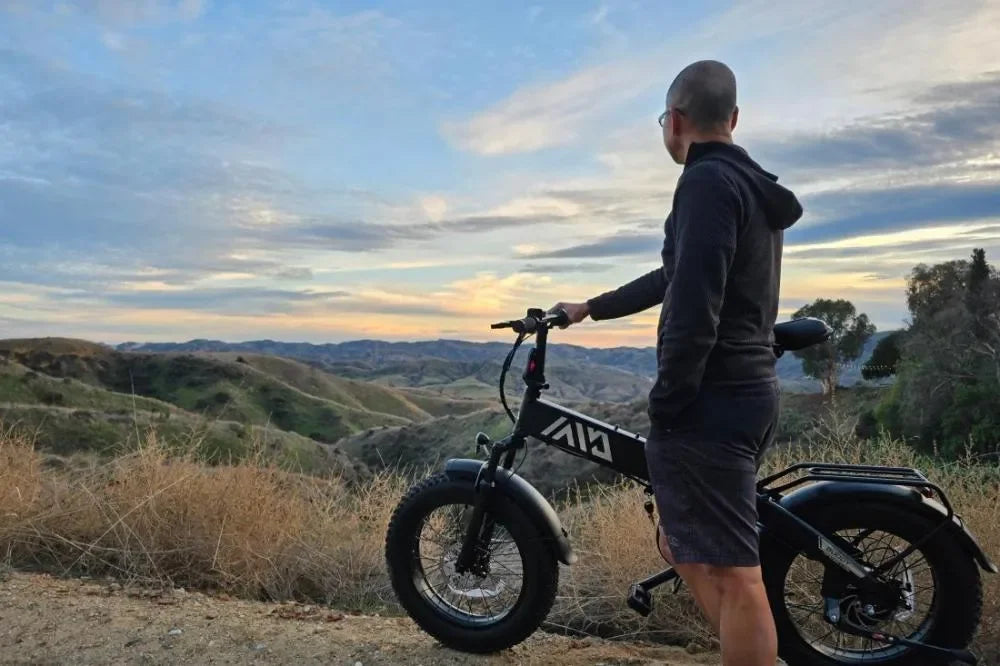
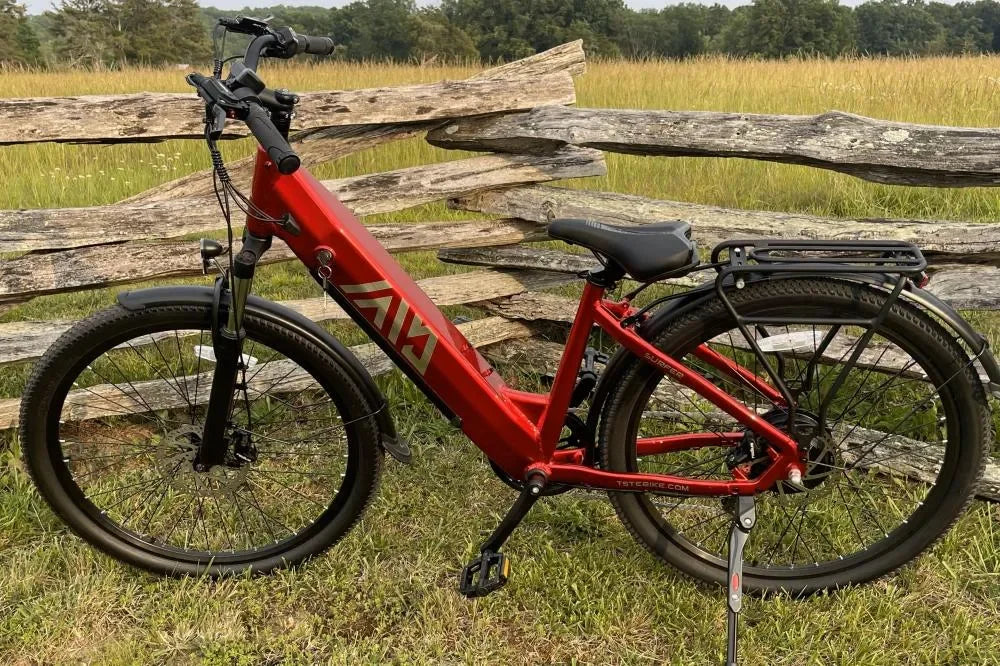
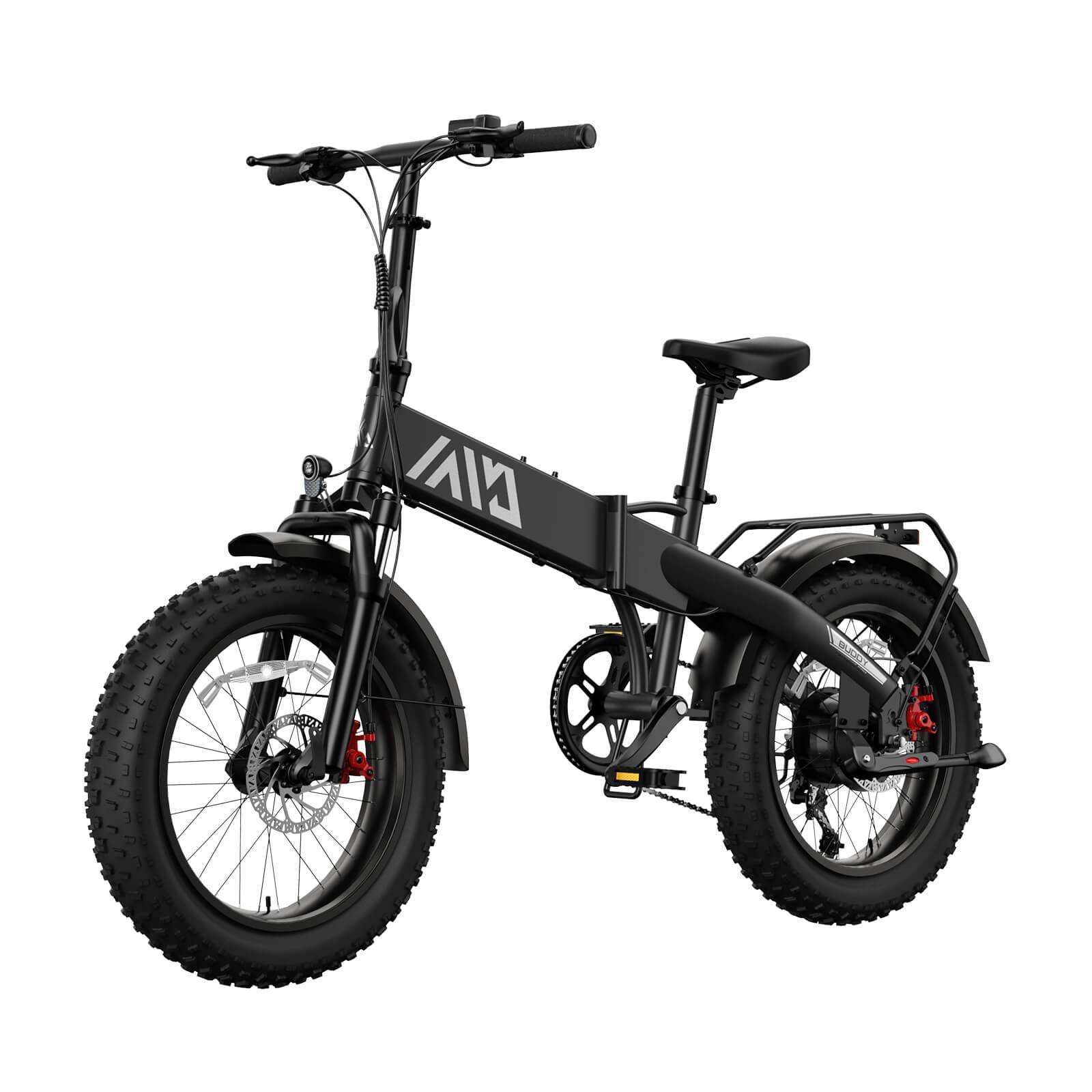
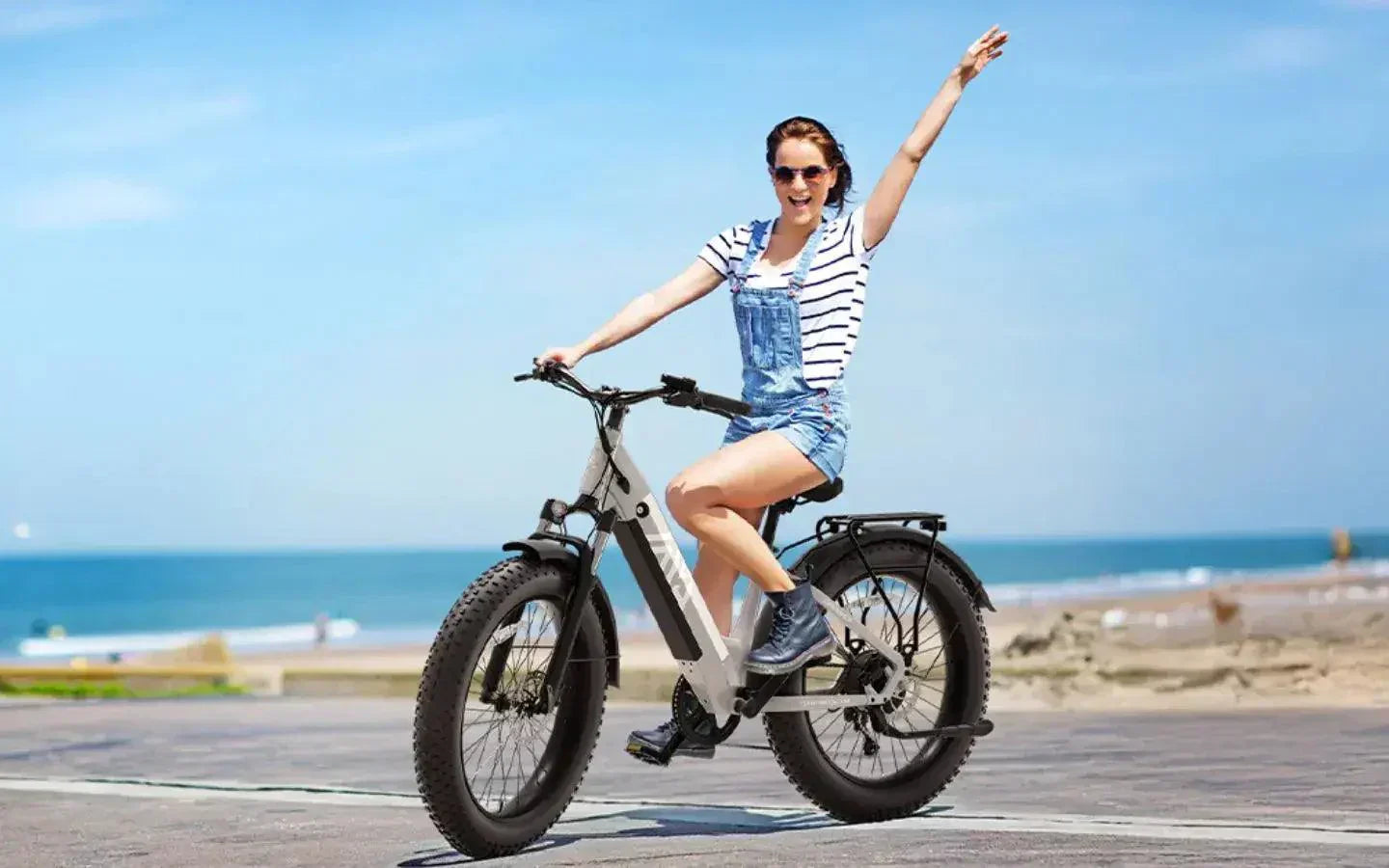
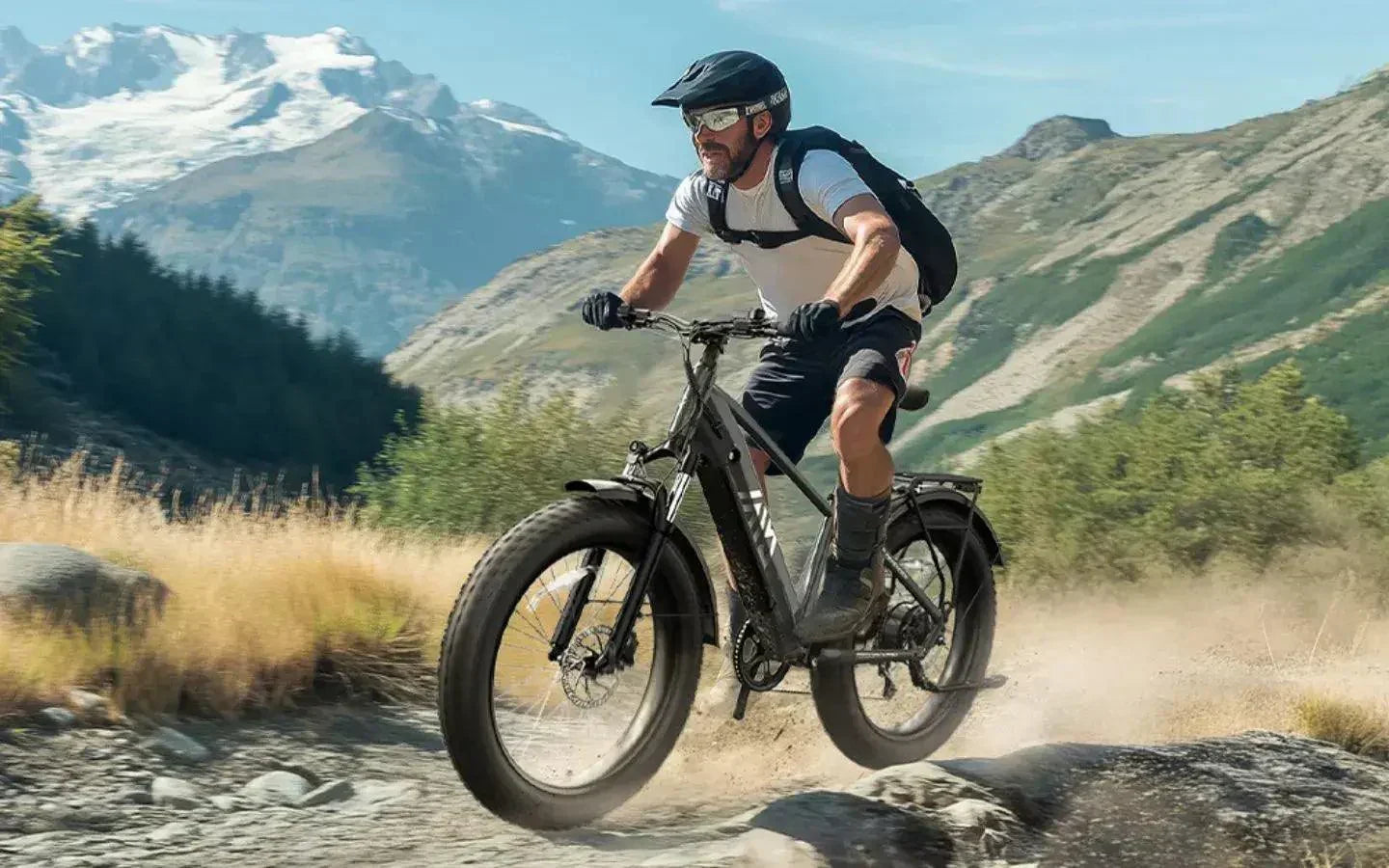
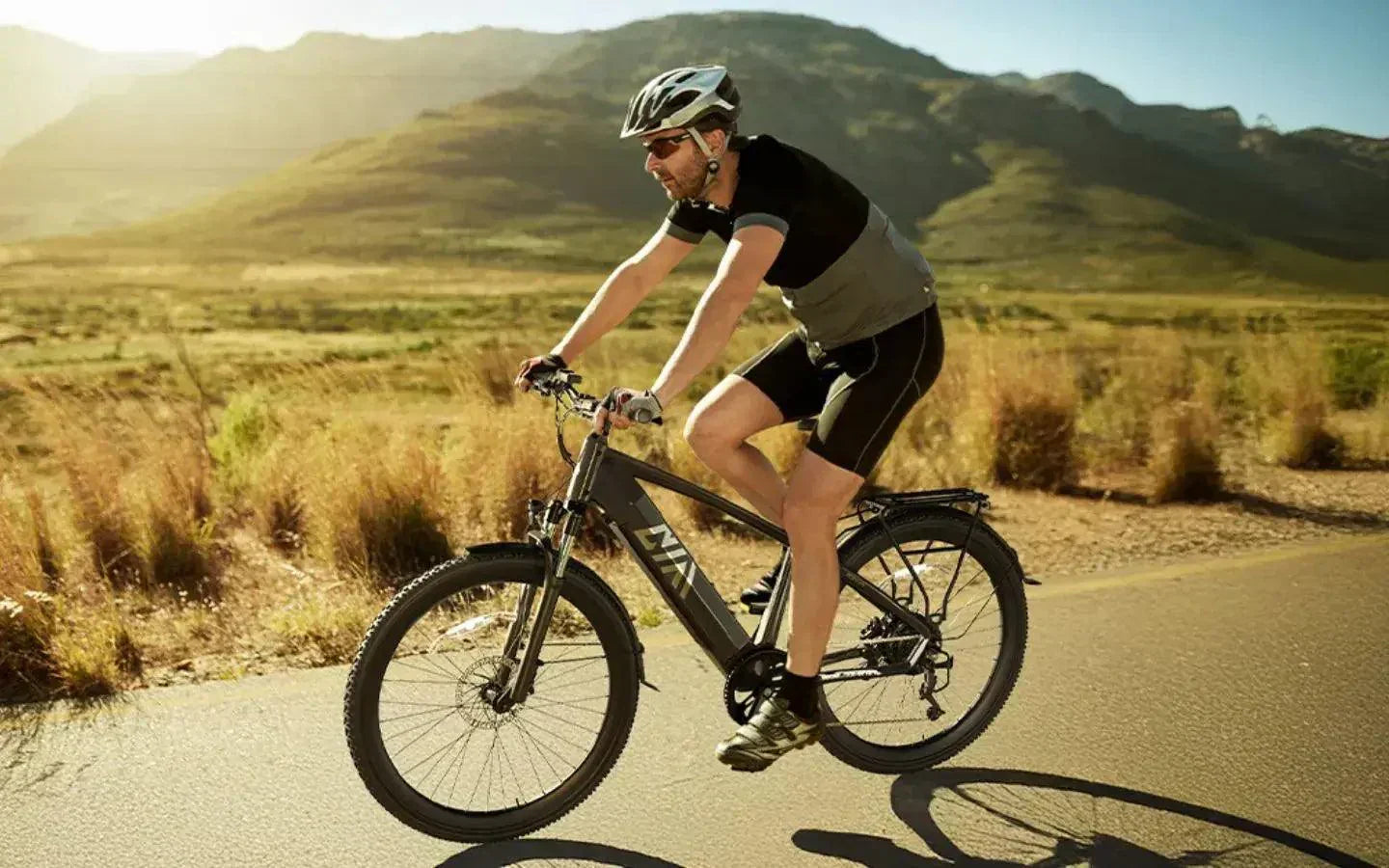
Leave a comment
All comments are moderated before being published.
This site is protected by hCaptcha and the hCaptcha Privacy Policy and Terms of Service apply.